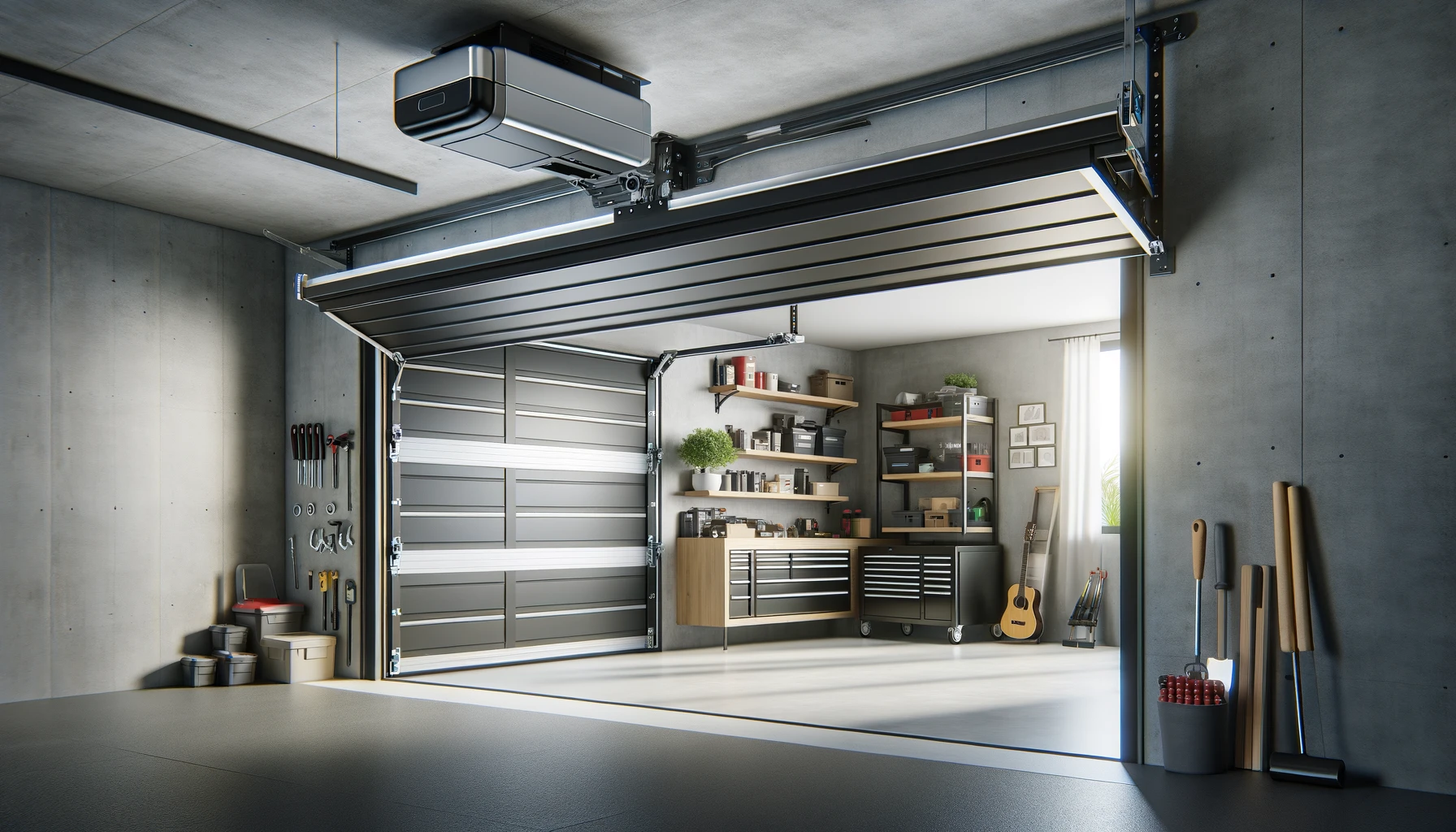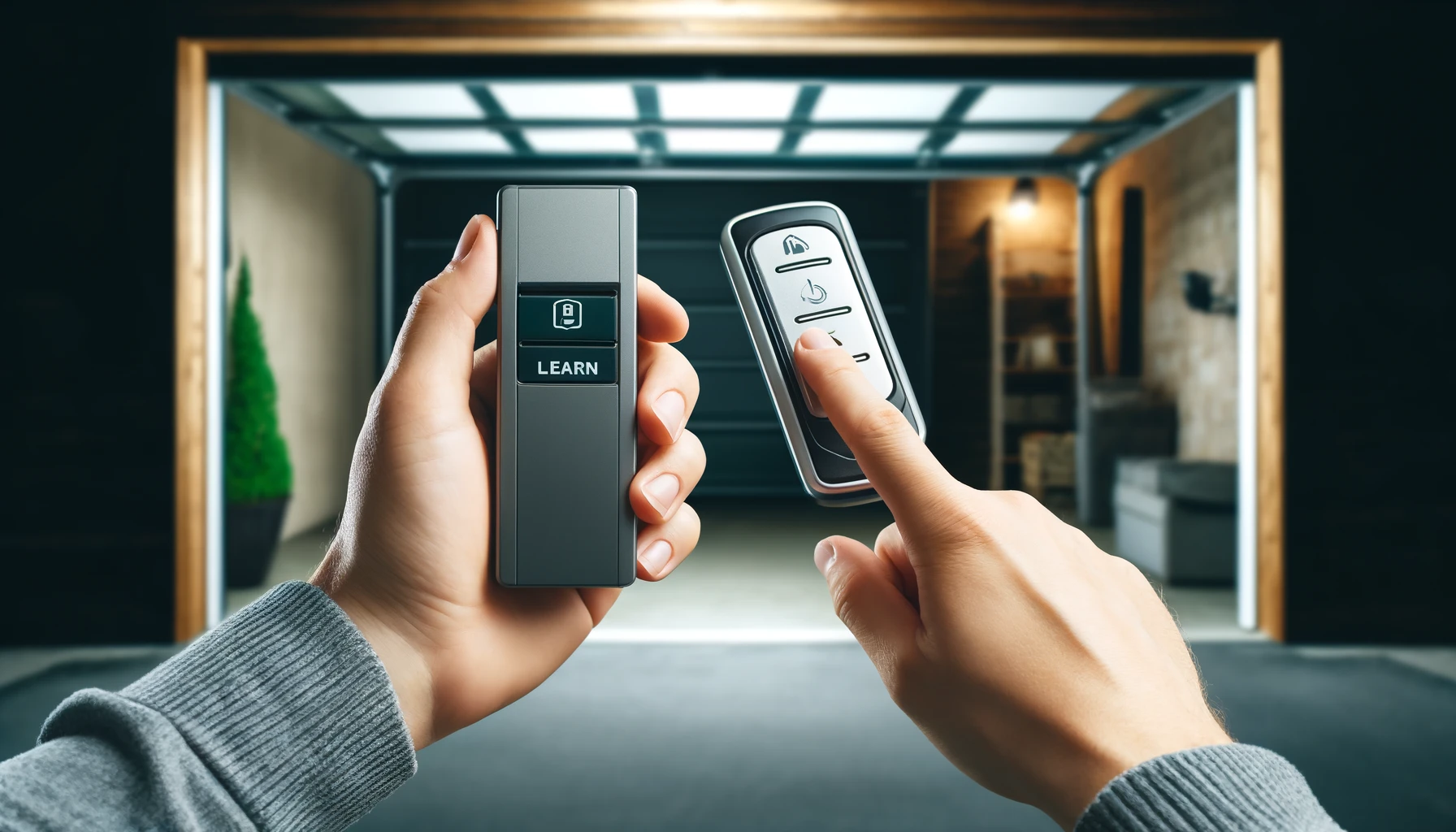A malfunctioning garage door opener can be a major inconvenience, especially if it happens unexpectedly. Understanding the potential issues and knowing how to troubleshoot them can save you time and money. Below is a comprehensive guide to help you diagnose and fix common problems with your garage door opener.
1. Check the Power Source
Ensure the Opener is Plugged In
First, verify that your garage door opener is plugged into a working electrical outlet. Sometimes, the plug can be accidentally pulled out, especially if it’s in a busy area.
Check for a Tripped Circuit Breaker
Inspect your home’s electrical panel for any tripped breakers. Resetting a tripped breaker can often solve the problem.
Test the Outlet
Plug another device, such as a lamp or a phone charger, into the same outlet to ensure it’s working. If the outlet is dead, the issue is electrical and may require an electrician.
2. Inspect the Remote Control and Wall Switch
Replace Remote Batteries
Remote batteries can die unexpectedly. Replace them with fresh ones and test the remote again.
Reprogram the Remote
Occasionally, the remote can lose its connection with the opener. Follow the manufacturer’s instructions to reprogram it.
Check the Wall Switch
If the remote doesn’t work, try using the wall switch. If the wall switch operates the door, the issue might be with the remote.
3. Verify the Safety Sensors
Align the Sensors
Garage doors are equipped with safety sensors to prevent them from closing if something is in the way. Ensure these sensors are properly aligned and facing each other.
Clean the Sensors
Dust, dirt, or cobwebs can obstruct the sensors. Wipe them clean with a soft cloth.
Check for Obstructions
Make sure nothing is blocking the sensors’ line of sight. Even a small object can prevent the door from operating.
4. Inspect the Opener’s Mechanism
Lubricate Moving Parts
Lack of lubrication can cause the opener to stop working. Apply a silicone-based lubricant to the door’s hinges, rollers, and tracks.
Check the Chain or Belt
Inspect the chain or belt for signs of wear, damage, or if it has come off the sprocket. Tighten or replace if necessary.
Test the Door Balance
Disconnect the opener and manually lift the door halfway. If it doesn’t stay in place, the springs may need adjustment or replacement.
5. Examine the Garage Door
Inspect the Tracks
Ensure the tracks are clear of debris and properly aligned. Bent tracks can cause the door to malfunction.
Check for Damage
Look for any visible damage to the door panels, hinges, or rollers. Repair or replace damaged parts.
Ensure Proper Lubrication
Make sure the rollers and other moving parts are well-lubricated to reduce friction and wear.
6. Test the Opener’s Settings
Adjust the Sensitivity
If the opener’s sensitivity settings are too low or too high, it might not operate correctly. Refer to your user manual to adjust the settings.
Check the Travel Limits
The travel limits dictate how far the door opens and closes. If these are set incorrectly, the door might not function properly. Adjust them as needed.
7. Reset the Garage Door Opener
Power Cycle the Opener
Unplug the opener, wait for a few minutes, and then plug it back in. This can sometimes reset the system and resolve minor glitches.
Factory Reset
As a last resort, you can perform a factory reset on the opener. Follow the manufacturer’s instructions for your specific model to restore it to default settings.
8. Consult the Owner’s Manual
Refer to Troubleshooting Guides
Your owner’s manual will have specific troubleshooting steps tailored to your opener model. Follow these for more detailed guidance on resolving issues.
9. Seek Professional Help
Call a Professional Technician
If you’ve tried all the above steps and the opener still doesn’t work, it’s time to call a professional. Garage door systems can be complex and potentially dangerous to repair without proper knowledge and tools.
Preventative Maintenance Tips
Regular Inspections
Periodically check the garage door and opener for signs of wear or damage. Regular maintenance can prevent many common issues.
Routine Lubrication
Keep the moving parts well-lubricated to ensure smooth operation and reduce wear.
Test the Safety Features
Regularly test the auto-reverse and safety sensors to ensure they are functioning correctly. Place an object in the door’s path and attempt to close it; the door should reverse when it contacts the object.
Replace Old Batteries
Change the batteries in your remote controls at least once a year to avoid unexpected failures.
By following these steps, you can often diagnose and resolve common issues with your garage door opener. If the problem persists, professional assistance will ensure that your garage door system is repaired safely and effectively. Regular maintenance can help prevent future issues and extend the life of your garage door opener.





